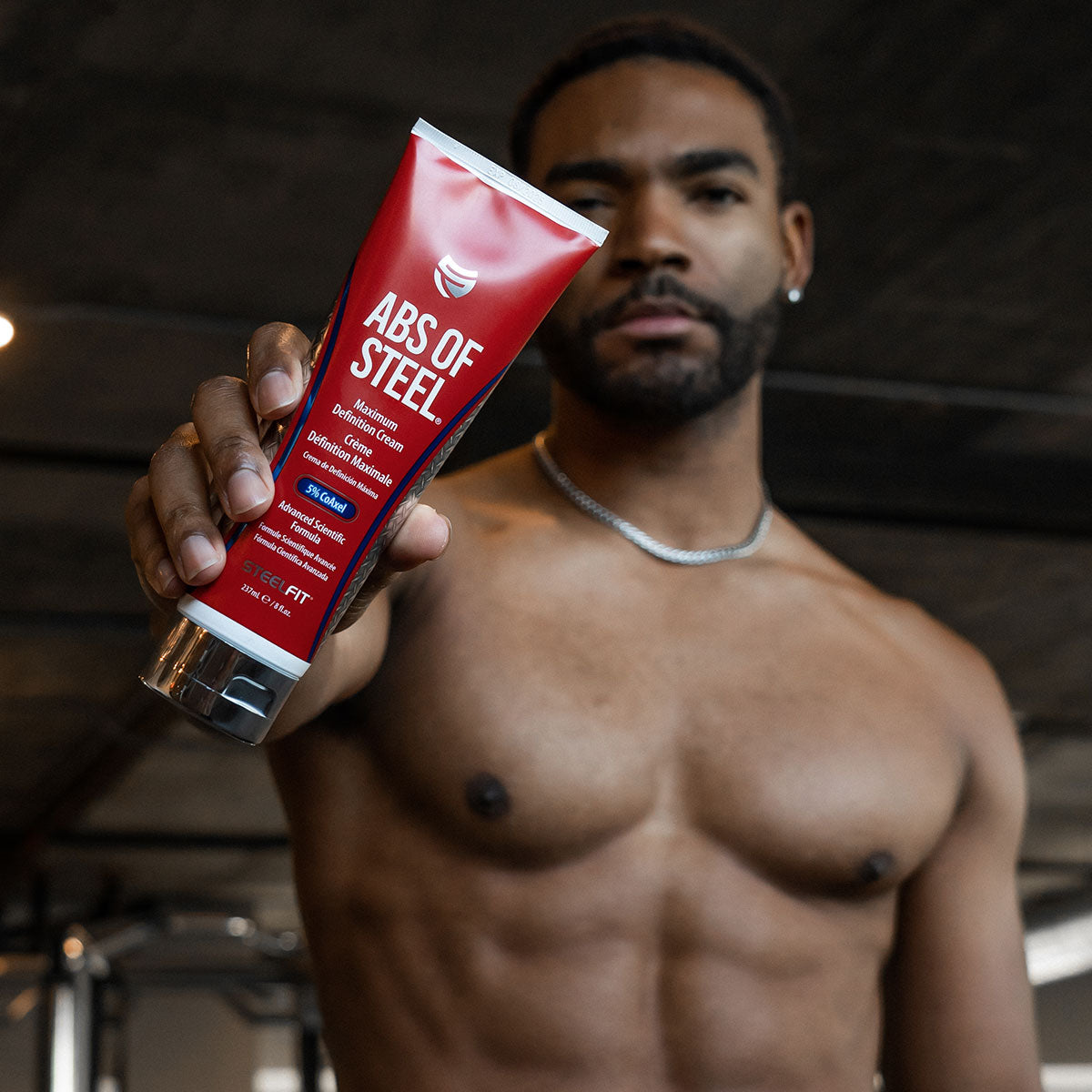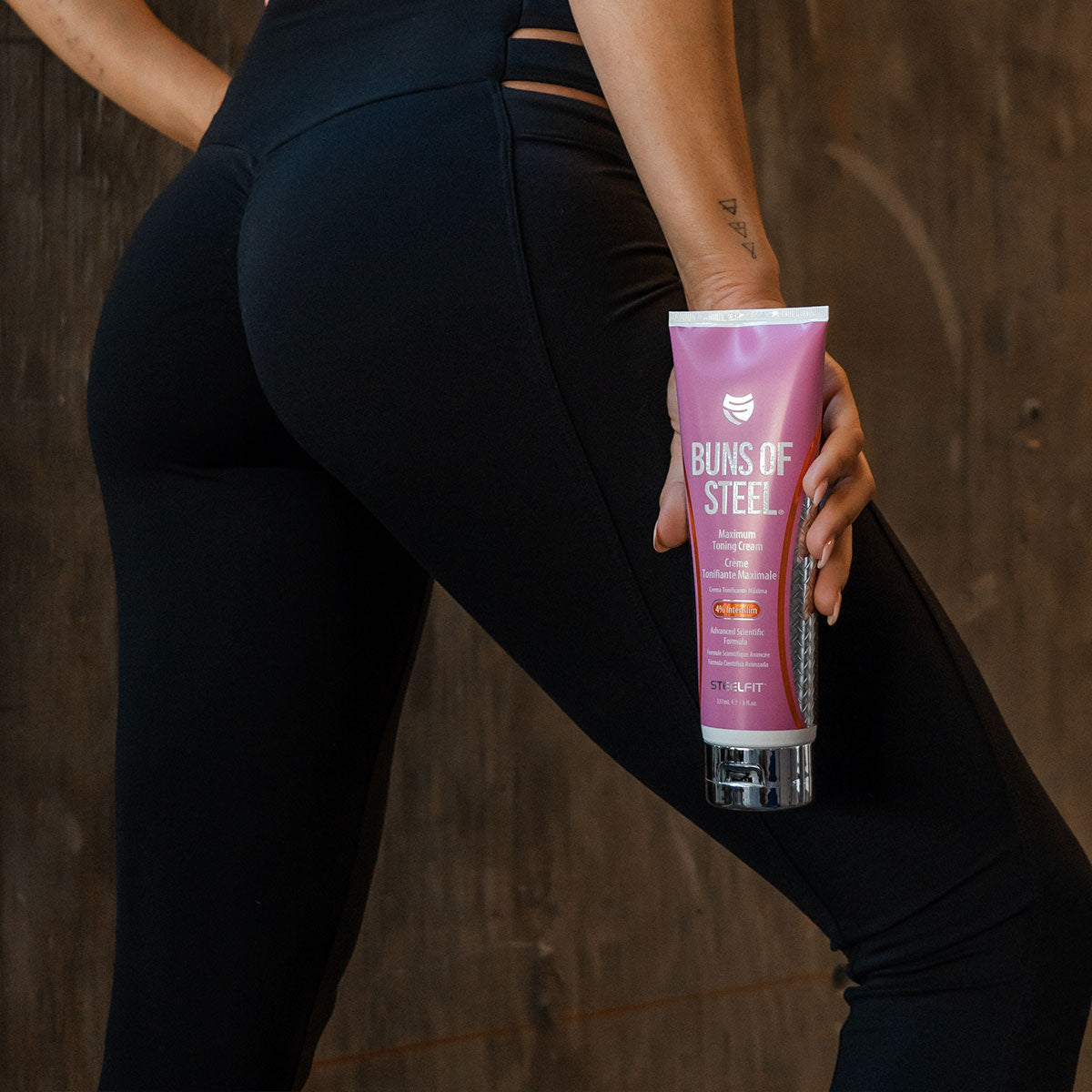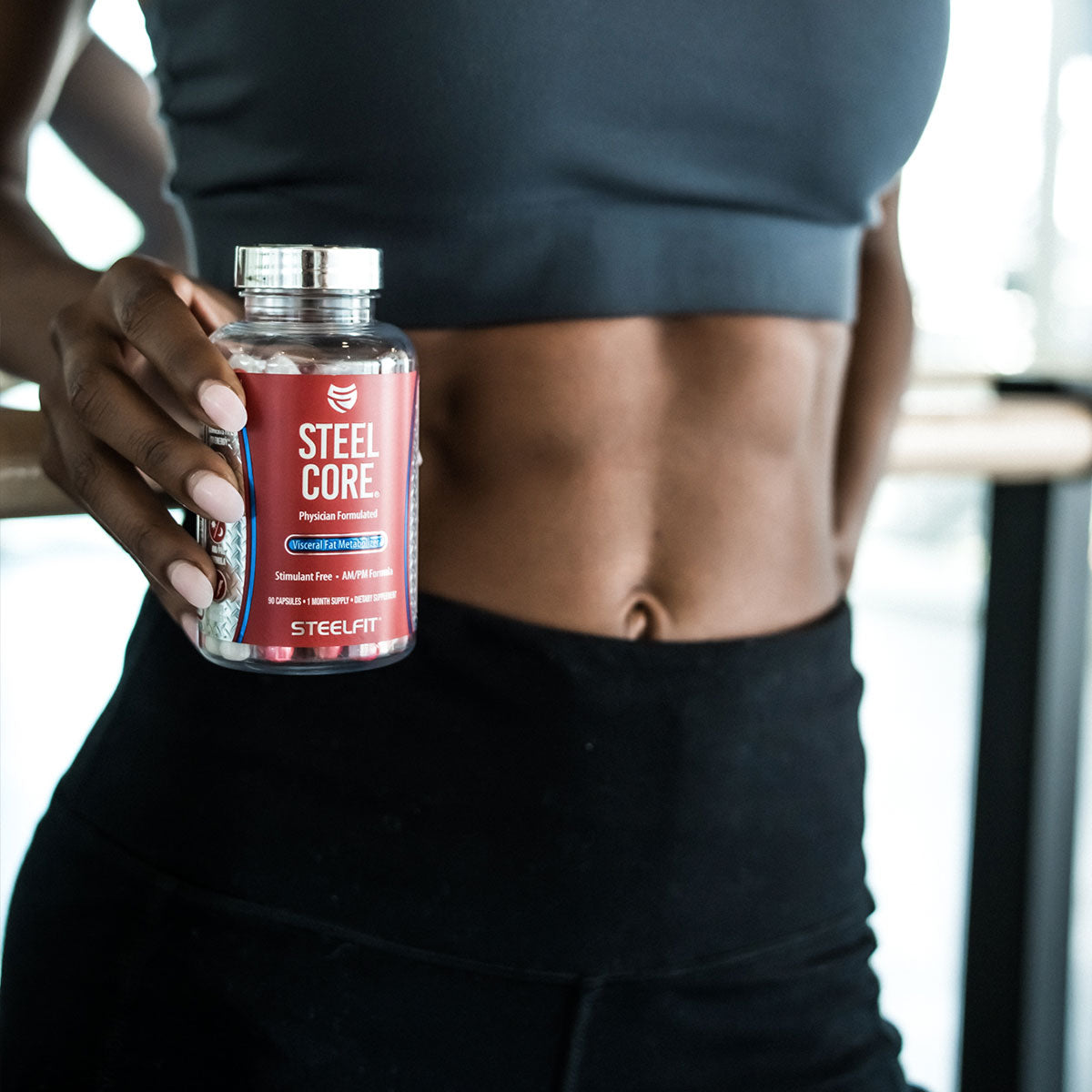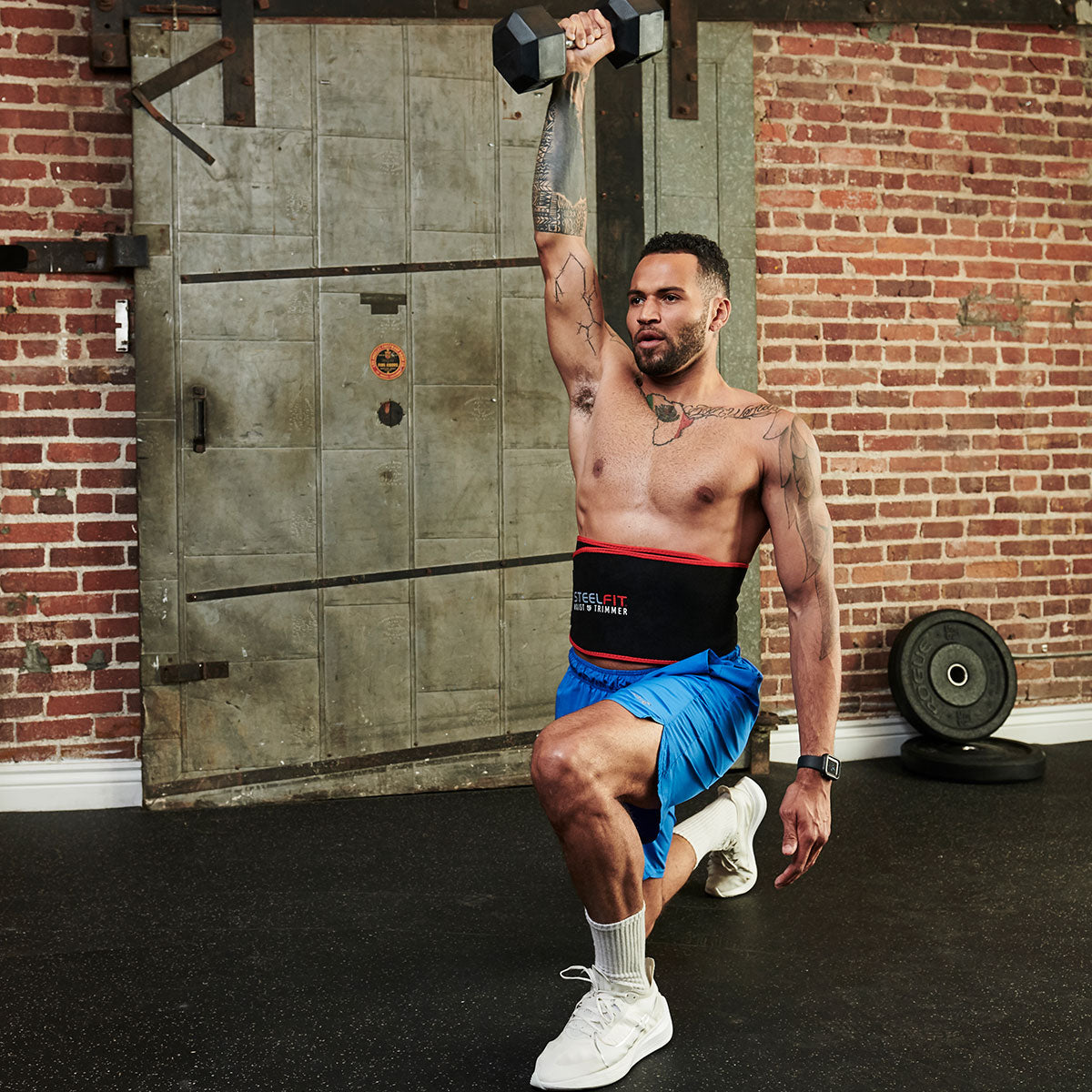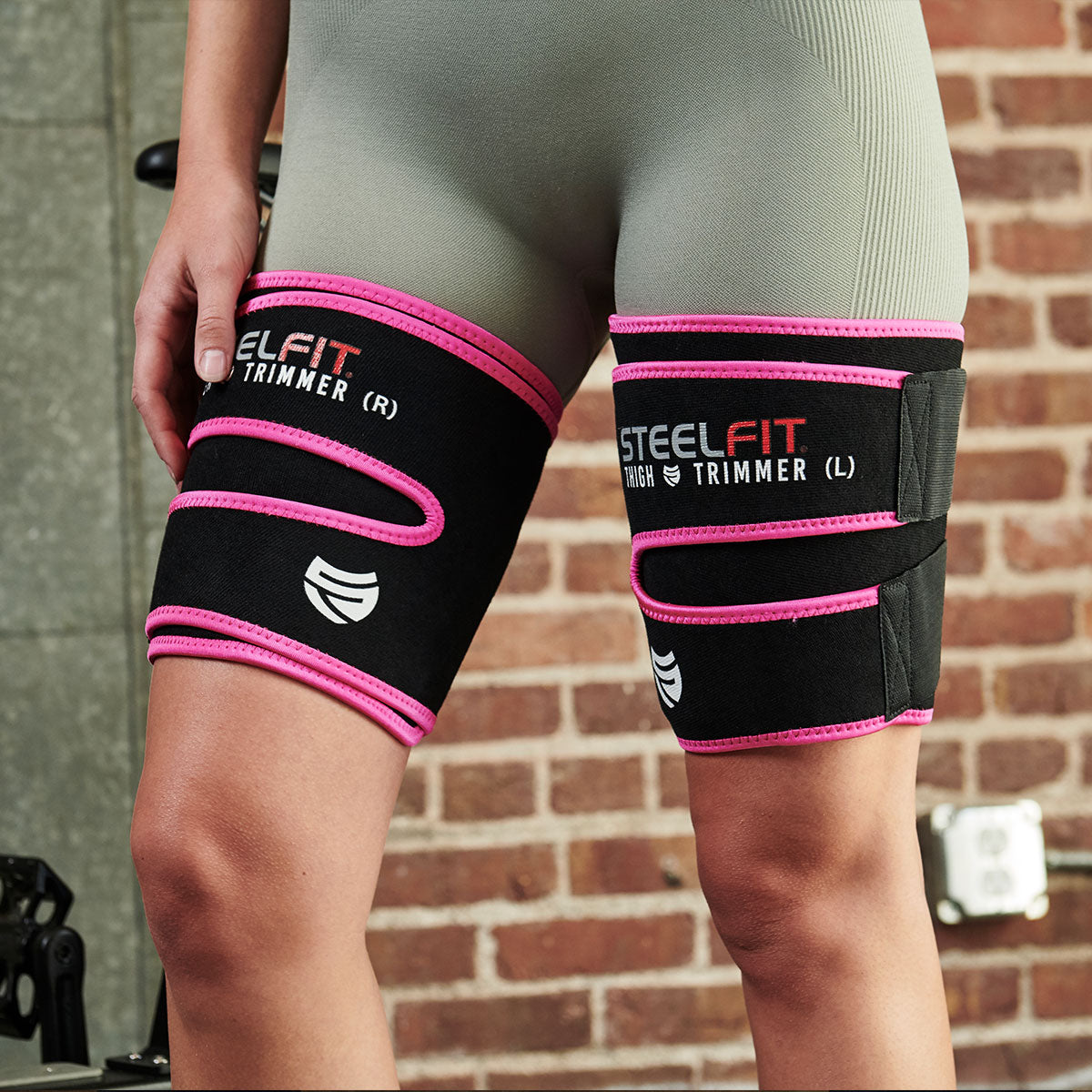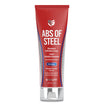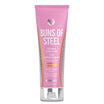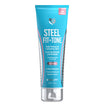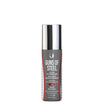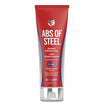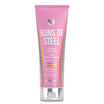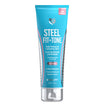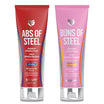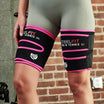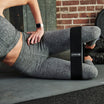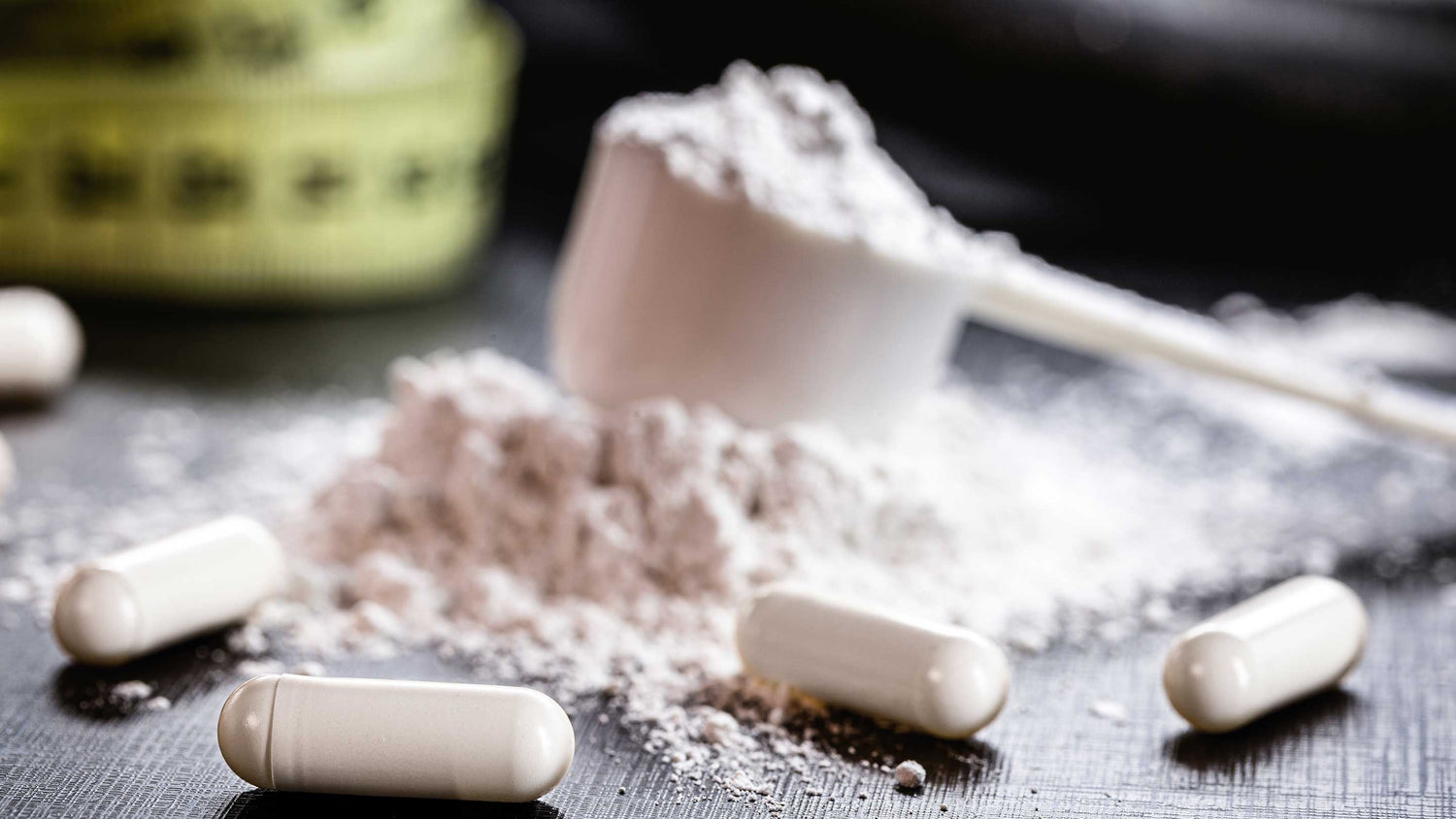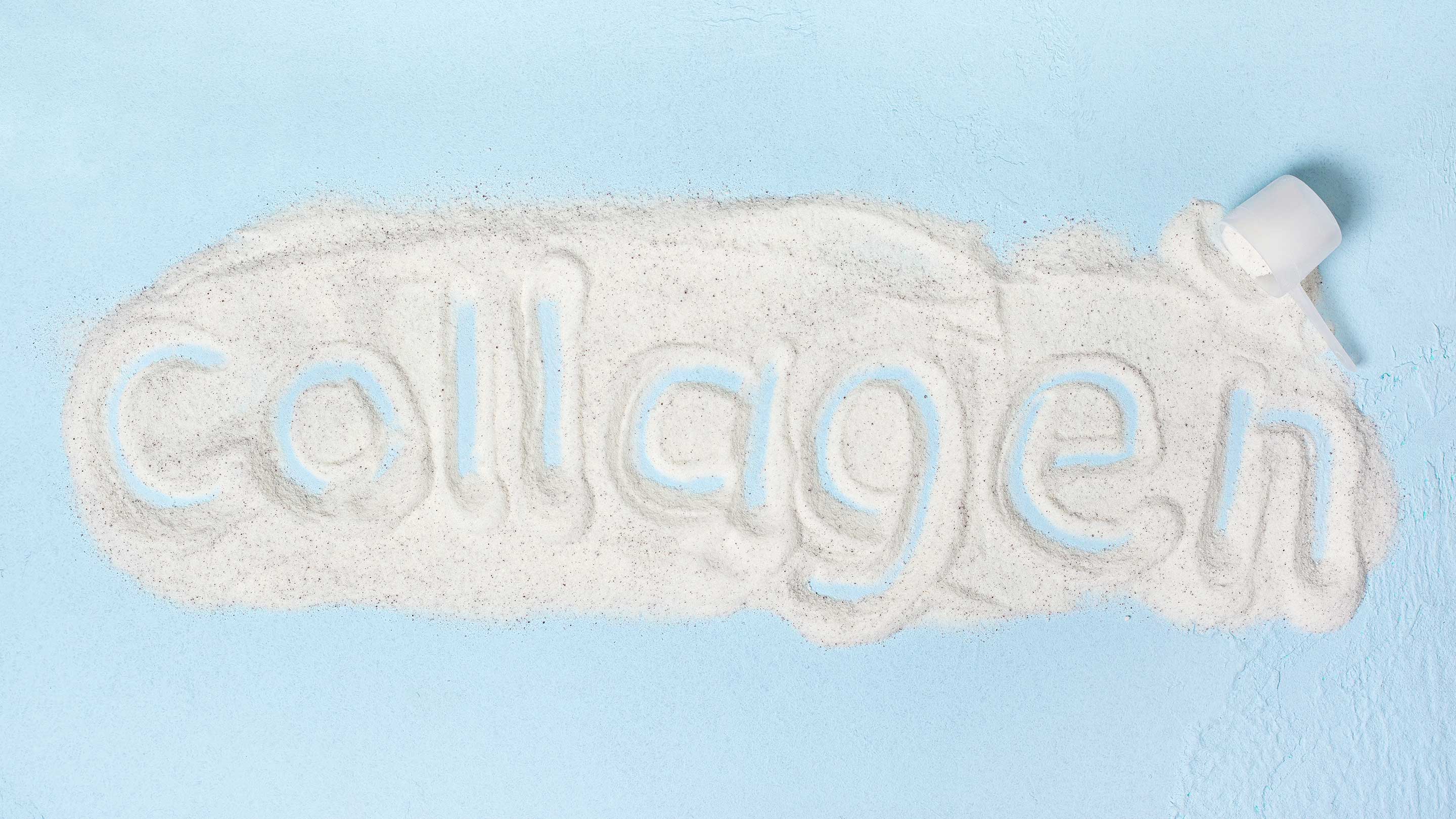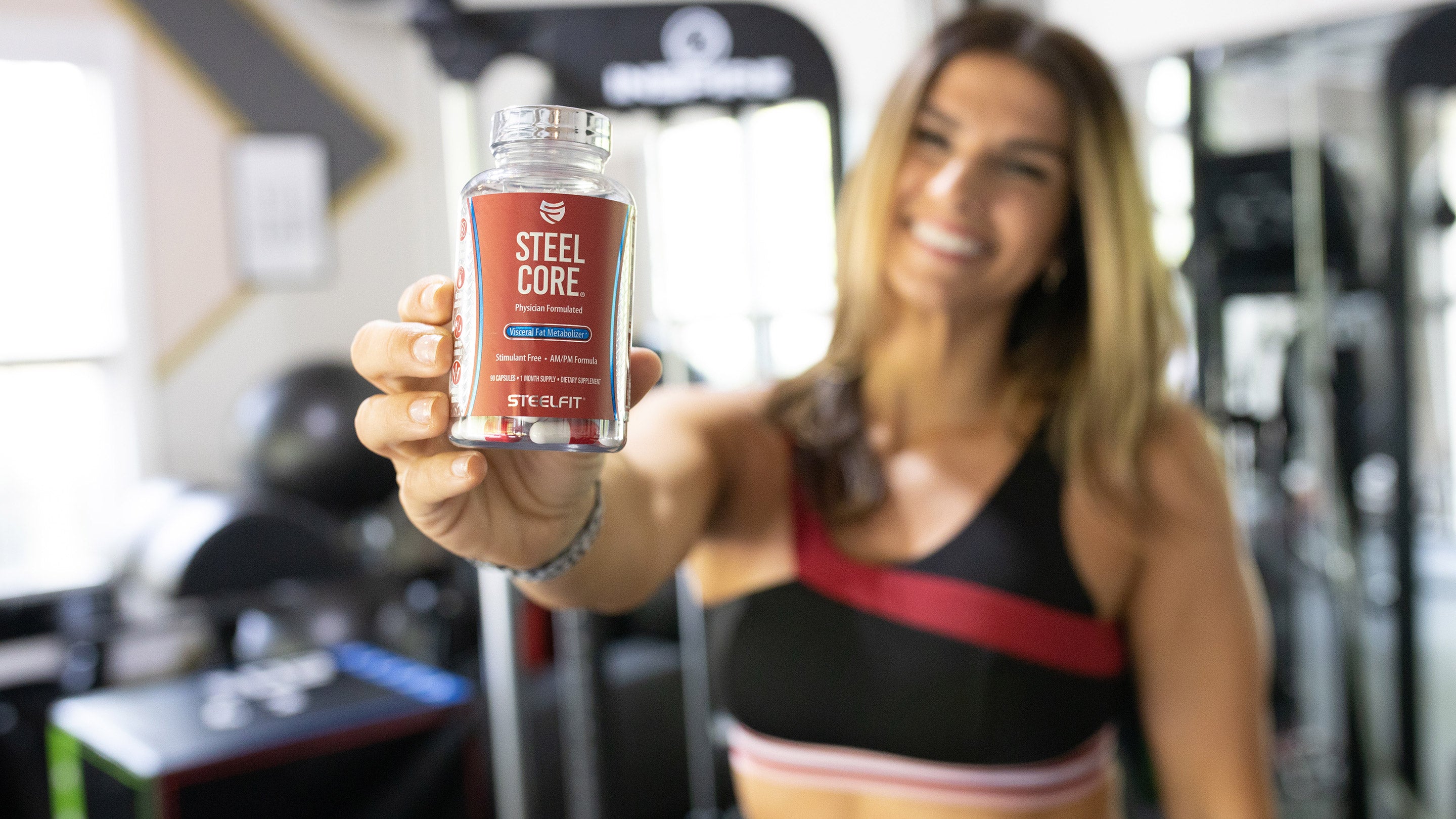We know that creatine aids in adding muscle mass and improves recovery but knowing when to take it is key.
There’s a lot of confusion about the “best” time to take creatine, how much to take, which form to take, etc.
Learn when to take your creatine (and a whole lot more!) with this guide.
What is Creatine Loading?
Creatine loading used to be the de facto method promoted by bodybuilders, trainers, and coaches for reaping the benefits as quickly as possible from this king of sports nutrition supplements.
Essentially, creatine loading accelerates the maturation process by taking multiple 5-gram doses of creatine throughout the day.
You see, creatine doesn't offer much immediate impact or acute benefits like caffeine, or citrulline malate does. Creatine needs to be taken consistently to enhance creatine-phosphate stores in muscle. These increased stores help your body regenerate energy (in the form of ATP) more quickly, which helps delay the onset of fatigue, enabling you to lift more weight for more reps over the long term than you would otherwise without creatine.
To hasten this muscle saturation of creatine, a loading protocol was developed. The most common approach for creatine loading is to take 20 grams of creatine daily for 7 days. This 20-gram dose is typically divided into four 5-gram servings throughout the day.
Studies indicate that a creatine loading phase can effectively boost creatine stores between 10–40% in just seven days.[1,2]
After this initial loading phase, creatine stores can be maintained with a one-time daily dose of creatine between 2-10 grams (depending on body weight, amount of muscle mass, height, etc.).
What is Low-Dose Daily Supplementation?
The loading phase is the quickest method for increasing creatine stores in the body, but it’s not the only way.
Another way to boost creatine concentrations is to low-dose daily supplementation, where you take between 3-5 grams of creatine once per day.
After a few weeks (3-4 weeks) of taking 3-5 grams of creatine once per day, you will reach saturation and start to notice the benefits of creatine supplementation.
Anecdotally, creatine loading has led to some individuals experiencing GI distress, bloating, or rapid increases in body weight (it should be noted that this is purely water weight since creatine increases your muscles' ability to hold water).
Using the single low-dose supplementation protocol can help offset this GI distress and may be easier for individuals to follow.
When Should I Take Creatine?
There is some discussion about the “best” time to take creatine.
The simple answer is that it’s largely irrelevant.
It's far more important to take creatine every day than what time you take it during the day (assuming you’re interested in supplementing with it).
If you want to get into the nitty-gritty and push comes to shove, there is an argument to be made that post-workout is the "most optimal" time of day to take creatine with a carbohydrate-containing meal.
This is because following a workout, glycogen stores are depleted, and insulin sensitivity is high, which creates a prime environment for nutrient uptake.
Some research also compares pre-workout creatine supplementation to post-workout supplementation with post-workout creatine supplementation, leading to more favorable outcomes.
For instance, one four-week study in which subjects trained five days per week and supplemented with creatine before or after training.[3]
At the end of the trial, researchers noted greater increases in lean mass and more significant reductions in fat mass in the individuals who took creatine after exercise.
Another 10-week study divided individuals into two groups and had them consume a creatine-based supplement (that also included protein and carbohydrates) either before and after working out or several hours before or after their workout.[4]
At the end of the study, researchers found that individuals who took the creatine supplement close to training experienced more significant muscle and strength gains than those who took it early morning or late evening (not close to their workout).
The important thing to take away from these studies is that creatine supplementation works regardless. If you're looking for that extra little "oomph" and want to optimize your supplement regimen to the max, then take it immediately post-workout with some carbohydrates.
How Do I Take Creatine?
At this point, you may be wondering if you should use the loading or the daily low-dose route of administration for creatine.
While it's true that loading creatine does pump creatine into your body, it isn't necessary to boost total creatine levels.
As we mentioned above, taking lower doses daily (e.g., 5 grams once per day) can be just as effective at maximizing your muscle creatine stores, all without the potential GI distress and bloating of loading creatine. The only potential "downside" of using the daily low-dose route of creatine supplementation is that it takes slightly longer (21-28 days instead of 7 days).
However, when you consider that you’ll be training for years and years (all the while supplementing with creatine), you’ll realize that a 2-3 week difference in reaching saturation is nothing.
For this reason, we’re partial to the daily low-dose supplementation route with creatine monohydrate. One of the easiest ways to get in your daily dose of creatine is to mix it into your post-workout shake with a scoop of Steel Whey® or Steel Vegan.
Which Form of Creatine is Best?
There are a lot of "designer" creatine supplements on the market, including the likes of creatine hydrochloride (Creatine HCl), magnesium creatine chelate, creatine ethyl ester, etc.
However, none of these forms have the body of evidence that creatine monohydrate does, and none have considerable amounts of evidence showing they are superior to good old creatine monohydrate.
Creatine monohydrate is the gold standard of creatine. It’s been around for decades, used by athletes of all walks, and has been extensively researched. It’s not only effective but safe.
That’s why we only use Creapure® Creatine Monohydrate.
Creapure® Creatine Monohydrate is made in Germany and is backed by over 50 clinical trials. It has been proven to support ATP production, elevate performance, enhance strength, boost cognitive function and improve muscle recovery.
Don't fall for slick marketing or flashy ads on the internet. Creapure® is affordable, available, and effective.
Click here to learn more about SteelFit® Creapure® and why it’s the best creatine supplement!
References
1. Kreider, R.B., Kalman, D.S., Antonio, J. et al. International Society of Sports Nutrition position stand: safety and efficacy of creatine supplementation in exercise, sport, and medicine. J Int Soc Sports Nutr 14, 18 (2017). https://doi.org/10.1186/s12970-017-0173-z
2. Cooper R, Naclerio F, Allgrove J, Jimenez A. Creatine supplementation with specific view to exercise/sports performance: an update. J Int Soc Sports Nutr. 2012;9(1):33. Published 2012 Jul 20. doi:10.1186/1550-2783-9-33
3. Antonio J, Ciccone V. The effects of pre versus post workout supplementation of creatine monohydrate on body composition and strength. J Int Soc Sports Nutr. 2013 Aug 6;10:36. DOI: 10.1186/1550-2783-10-36. PMID: 23919405; PMCID: PMC3750511.
4. Cribb PJ, Hayes A. Effects of supplement timing and resistance exercise on skeletal muscle hypertrophy. Med Sci Sports Exerc. 2006 Nov;38(11):1918-25. DOI: 10.1249/01.mss.0000233790.08788.3e. PMID: 17095924.
